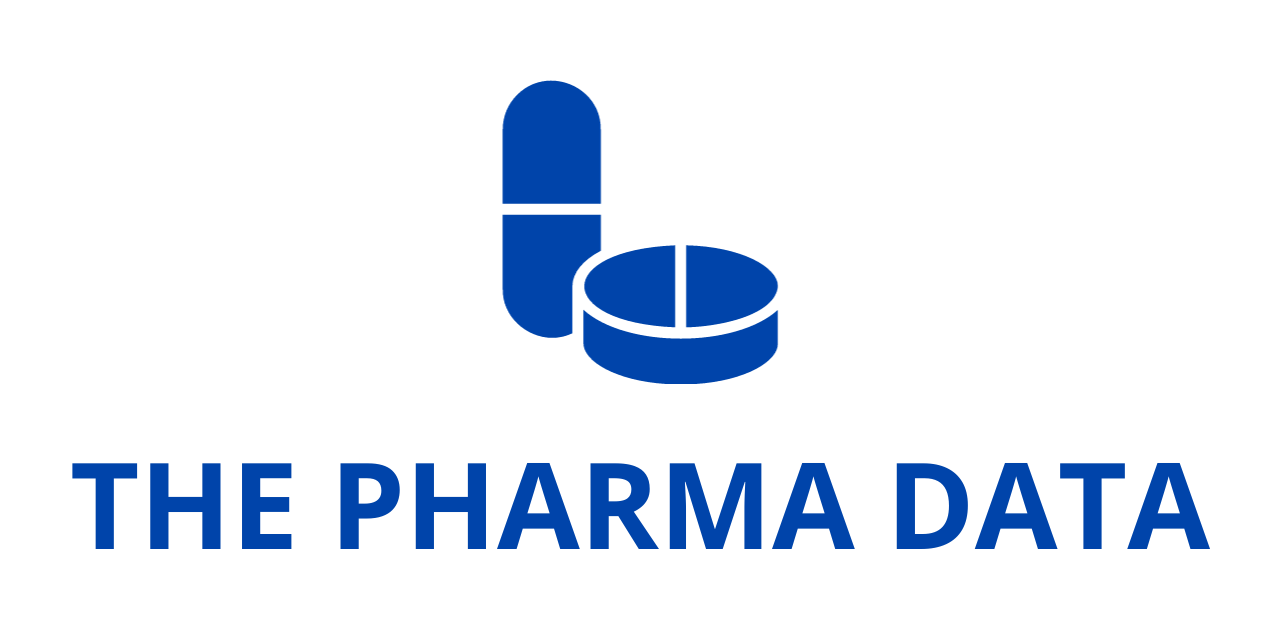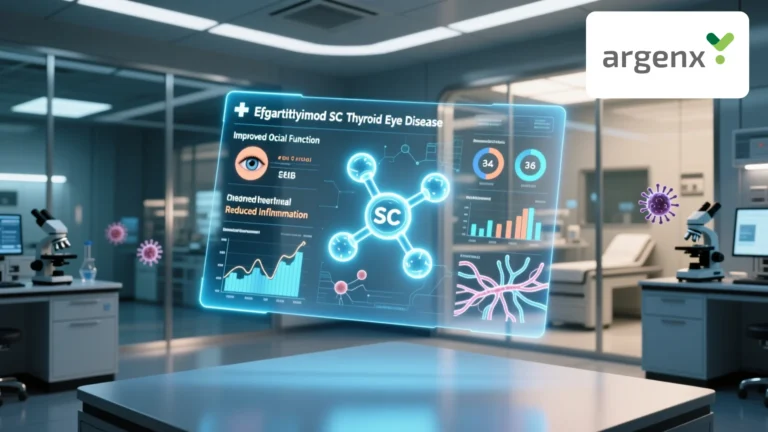
GenSight Biologics Reports Five-Year Efficacy and Safety Results of LUMEVOQ® Gene Therapy from the REFLECT Study
GenSight Biologics (Euronext: SIGHT, ISIN: FR0013183985, PEA-PME eligible), a biopharmaceutical company dedicated to developing and commercializing innovative gene therapies for neurodegenerative retinal diseases and central nervous system disorders, has announced the five-year efficacy and safety results from its Phase III REFLECT trial of LUMEVOQ® (GS010; lenadogene nolparvovec). The findings reveal that a single administration of the gene therapy continues to maintain improvement in visual acuity for patients with Leber Hereditary Optic Neuropathy (LHON), with a consistent and favorable safety profile. Notably, bilateral injection provided an added benefit over unilateral treatment, as evidenced in certain analyses of response rates.
Dr. Patrick Yu-Wai-Man, MD, PhD, Professor of Ophthalmology and Honorary Consultant Neuro-Ophthalmologist at the University of Cambridge, Moorfields Eye Hospital, and UCL Institute of Ophthalmology, UK, and the international principal investigator for REFLECT, emphasized the significance of these findings:
“The latest data from the REFLECT study confirm that the improvement seen with lenadogene nolparvovec is maintained five years post-treatment, reinforcing the additional benefit observed in participants who received bilateral intravitreal gene therapy injection. Furthermore, patients treated bilaterally exhibited a safety profile comparable to those treated unilaterally.”
These results build upon the four-year post-treatment findings reported in March 2024, solidifying the sustained and meaningful impact of LUMEVOQ®.

Sustained and Significant Effectiveness at Year Five
An analysis of visual acuity over time demonstrated that the improvement achieved following lenadogene nolparvovec treatment was preserved over a five-year period in all patients. A notable aspect of the data was the contralateral treatment effect, observed consistently across all clinical studies, including in placebo-treated eyes. This phenomenon has also been documented in the REVERSE and RESCUE studies, where sham-treated eyes exhibited improvements due to the contralateral effect.
Given the acute severity of LHON, patients typically experience substantial vision deterioration at baseline, leading to a nadir (the lowest recorded best corrected visual acuity [BCVA] between baseline and year five). Because baseline vision can vary significantly depending on the disease stage at study entry, nadir serves as a more accurate reference for evaluating treatment effects.
The data showed that the mean BCVA of all LUMEVOQ®-treated eyes exceeded the clinically meaningful improvement threshold of +15 letters (-0.3 LogMAR change) from nadir.
Further reinforcing these findings, responder analyses demonstrated improved patient outcomes. Since LHON generally results in severe visual impairment with a very low likelihood of spontaneous recovery, the observed improvements underscore the therapeutic impact of LUMEVOQ®. Five years after injection, 75% of bilaterally treated patients achieved clinically meaningful recovery (CRR) from nadir, compared to 60% of those who received unilateral treatment. Additionally, 79% of bilaterally treated patients were able to read letters on a screen (“on-chart” vision), compared to 72% in the unilateral treatment group.
Table 1: Change in Best Corrected Visual Acuity (BCVA) from Nadir at Year Five
| Patient Group | 1st Affected Eye (LogMAR/ETDRS Letters) | 2nd Affected Eye (LogMAR/ETDRS Letters) |
|---|---|---|
| Bilateral Injection | -0.38 LogMAR / +19 Letters | -0.35 LogMAR / +18 Letters |
| Unilateral Injection | -0.40 LogMAR / +20 Letters | -0.28 LogMAR / +14 Letters (Placebo) |
(Database freeze date: December 31, 2024. Patients treated bilaterally: n=48; unilaterally: n=50. p<0.0001 for all groups based on a linear mixed model.)
Favorable Safety Profile
The five-year safety data reaffirmed the favorable profile of LUMEVOQ®, with comparable safety outcomes observed in both bilateral and unilateral treatment groups. Importantly, no patients discontinued the study due to systemic or ocular adverse events, and no serious ocular adverse events were reported. The most common ocular adverse event was intraocular inflammation, which was generally mild and effectively managed with conventional therapy.
Overview of the REFLECT Study
REFLECT was a randomized, double-blind, placebo-controlled Phase III study designed to assess the safety and efficacy of LUMEVOQ® in 98 patients experiencing vision loss due to LHON caused by a mutated mitochondrial ND4 gene. Eligible patients had experienced visual loss for up to one year prior to enrollment.
All participants received an intravitreal (IVT) injection of lenadogene nolparvovec in their first affected eye. The second affected eye was then randomized to receive either a second IVT injection of LUMEVOQ® or a placebo injection. This administration occurred on the same day or the following day. Of the total participants, 48 were assigned to receive bilateral LUMEVOQ® treatment, while 50 received unilateral treatment (first affected eye treated with LUMEVOQ® and the second with placebo). Patients in the REFLECT trial were monitored for up to five years post-treatment.
Clinical Relevance of the Findings
Clinically relevant recovery (CRR) was defined as an improvement in BCVA that met one of the following criteria:
- A gain of 10 or more letters GenSight (≥0.2 LogMAR) from an initial GenSight GenSight on-chart visual acuity.
- A shift from off-chart vision to on-chart vision (≤1.6 LogMAR).
The study’s five-year findings provide strong evidence of the long-term efficacy and safety of LUMEVOQ® gene therapy in preserving and improving vision in LHON patients. These results also reinforce the benefit of bilateral treatment, highlighting its GenSight potential forGenSight enhanced clinical outcomes in affected individuals.
With these promising long-term results, GenSight Biologics continues to advance GenSight its mission of developing innovative gene therapies for patients suffering from neurodegenerative retinal diseases and other central nervous system disorders. The company remains committed to working closely with regulatory authorities and the broader scientific community to bring transformative treatments like LUMEVOQ® to those in need.




